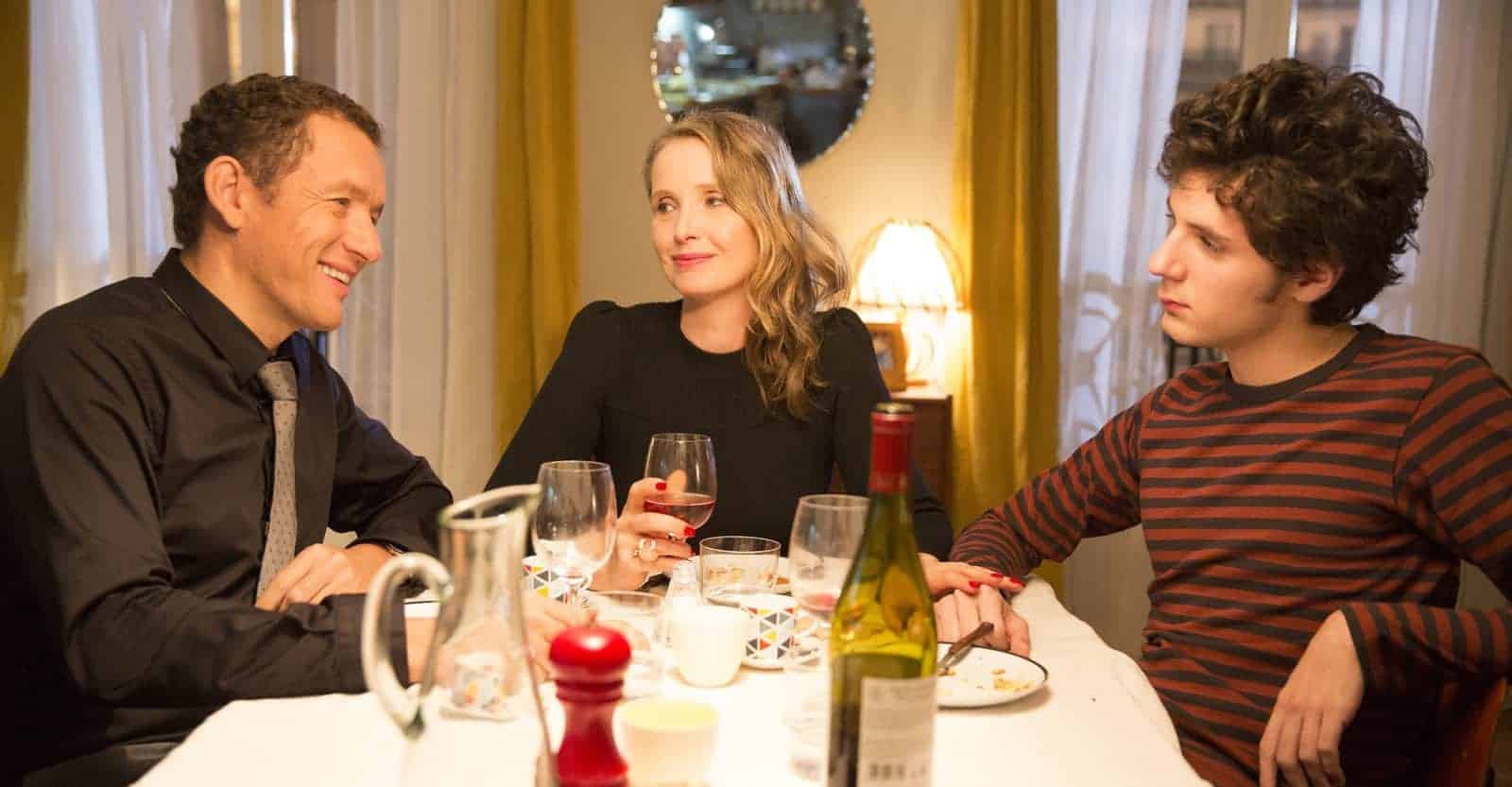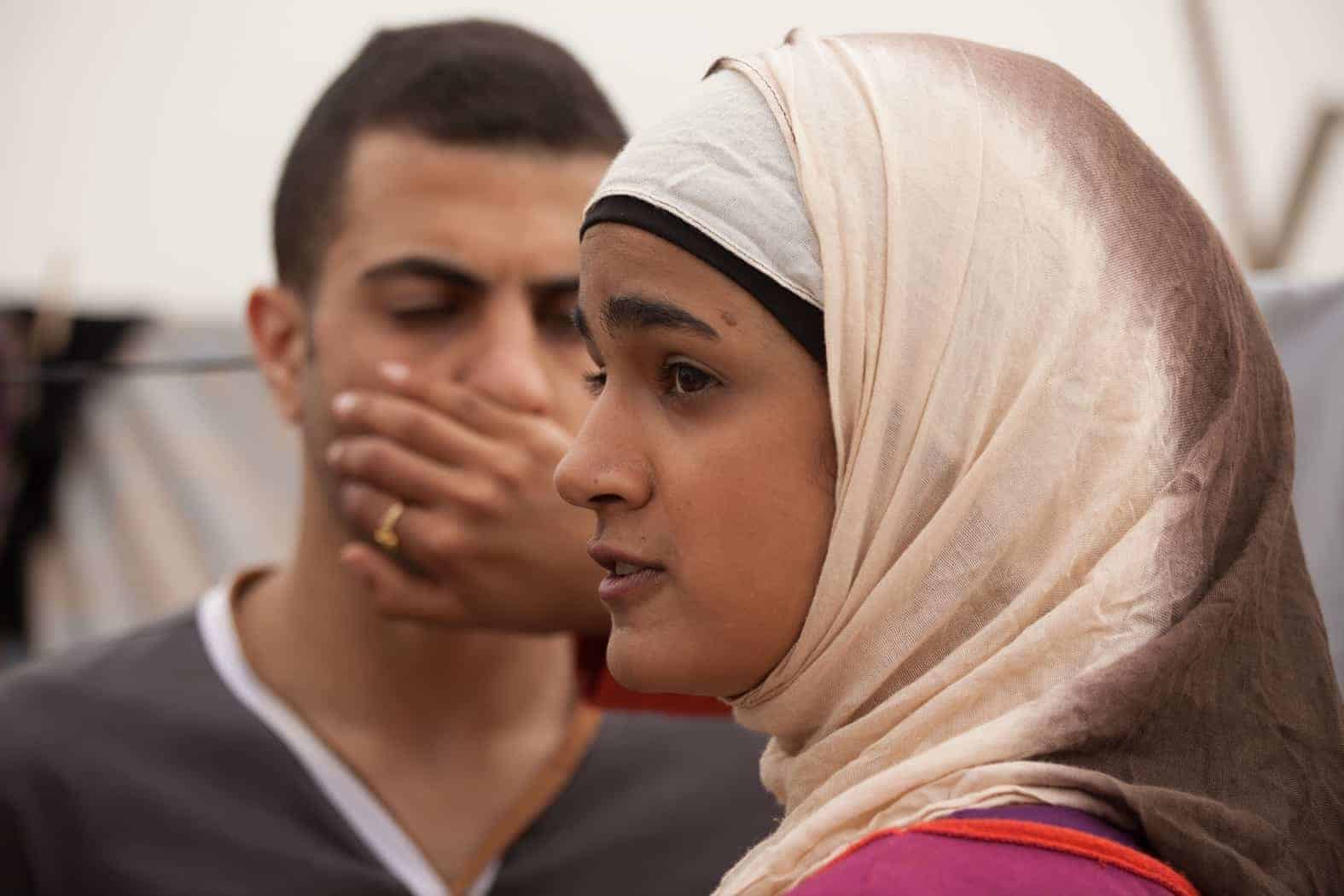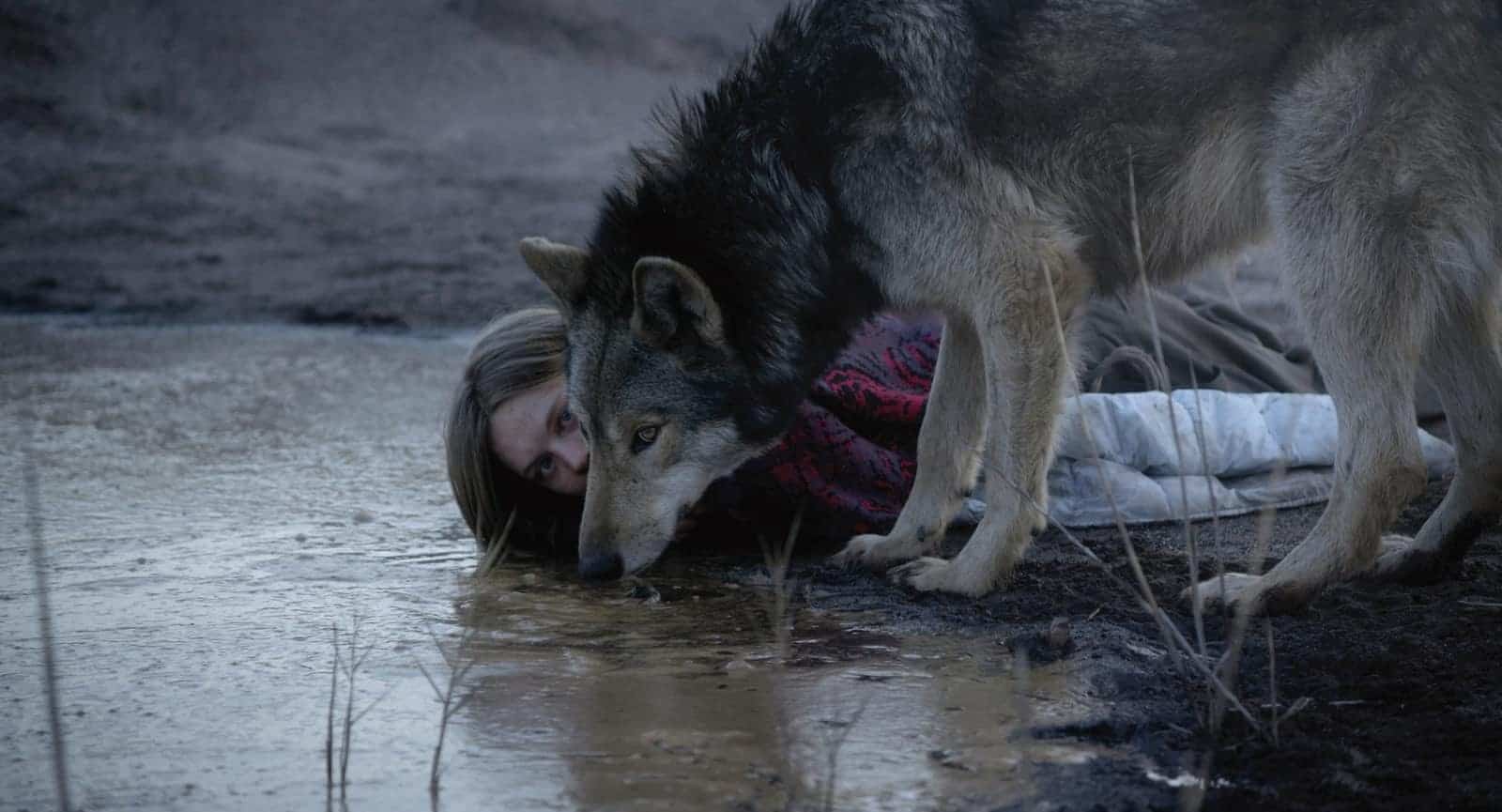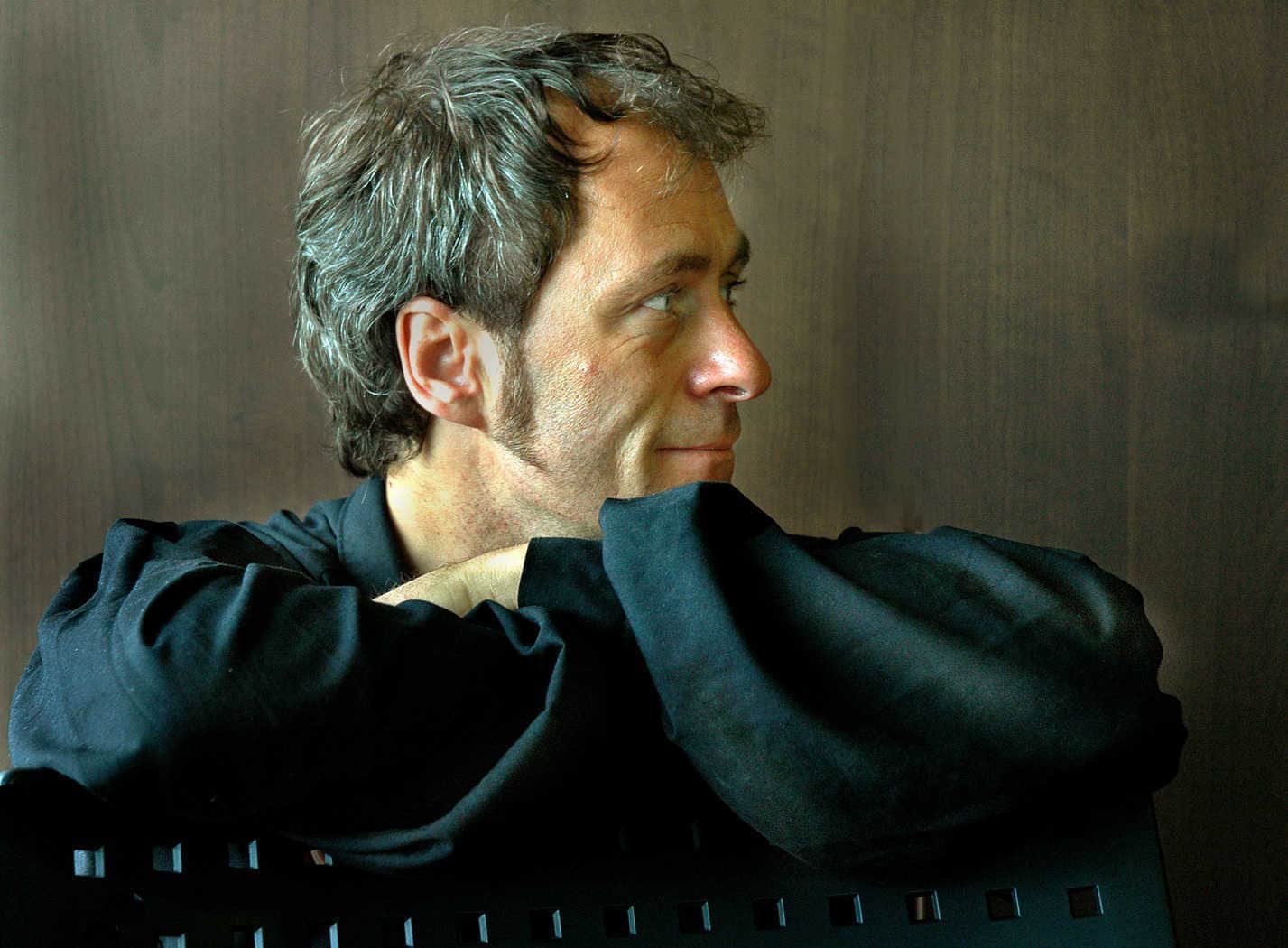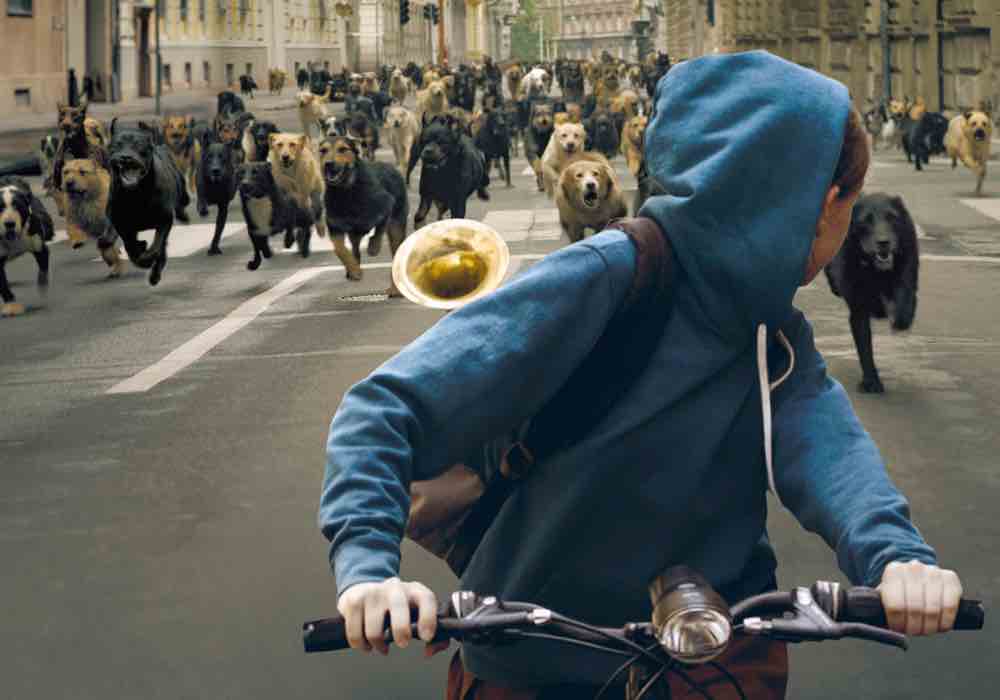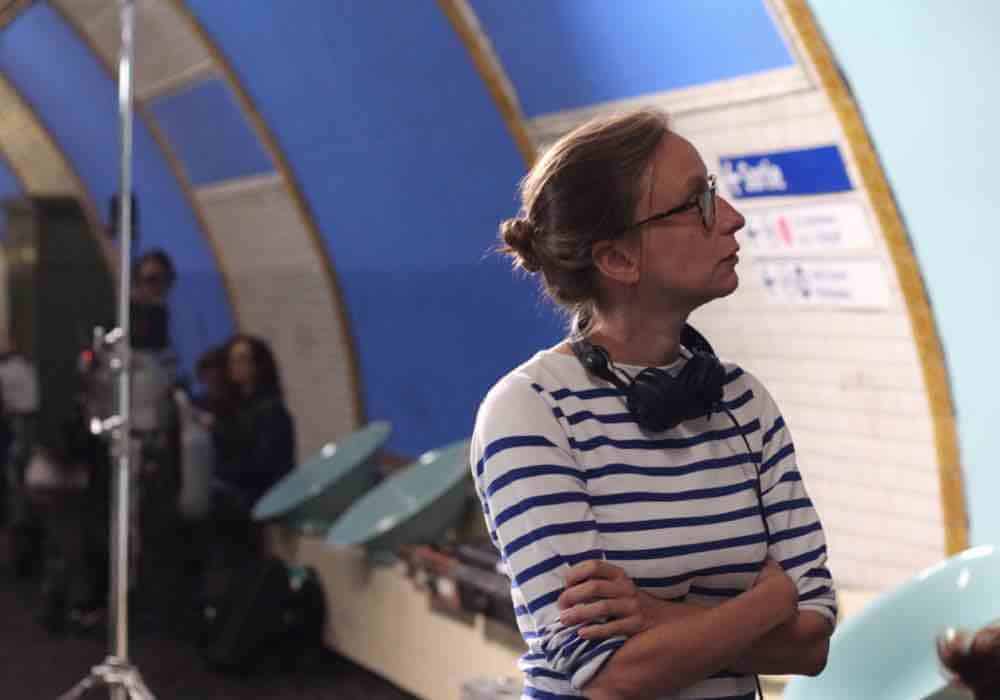Writer-Director-Actress Julie Delpy discusses her consummately entertaining new movie, Lolo, which is chock full of the same joie de vivre Delpy channels in real life.
World Cinema
Under-the-radar non-English language filmmakers talk about their artistic processes.
Elite Zexer on Jury Prize Winner Sand Storm
Zexer and lead actress Ammar talk about preparing for the film, how Zexer prioritized performance when shooting the film, and the knockout ending.
Writer-director Nicolette Kribetz discusses Wild
German writer-director Nicolette Kribetz’s film Wild is a strange, dream-like journey of sexual and physical liberation. At Sundance, Kribetz and lead actress Lilith Stangenberg discussed the genesis of the story, creating the character, and the ways in which men and women are confined by social norms.
Director Hubert Sauper talks We Come As Friends
Hubert Sauper discusses making his film We Come as Friends, creative nonfiction cinema, and the geography of colonialism. This is an excerpt from the ebook In Their Own Words: Documentary Masters Vol. 1.
Director Kornél Mundruczó and Animal Trainer Teresa Miller talk White God
Director Kornél Mundruczó and animal trainer Teresa Miller on White God, aesthetic approach, street dogs, and the importance of “Hungarian Rhapsody.”
‘Cinema is the only art ever where you share somebody’s loneliness’ and other insights from Céline Sciamma
Céline Sciamma discusses her third film Girlhood: the genesis of the film, how cinema is the only art form in which you can share someone else’s loneliness, and how she created the remarkable Rihanna scene.
